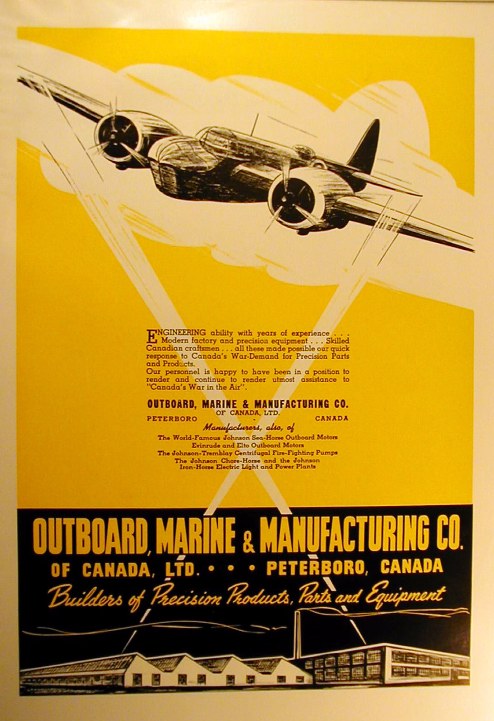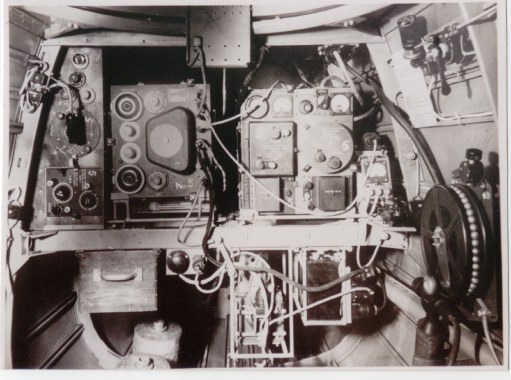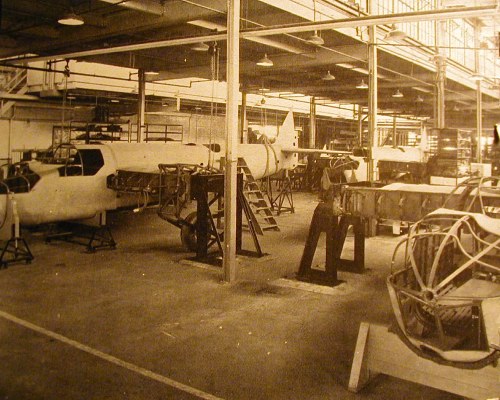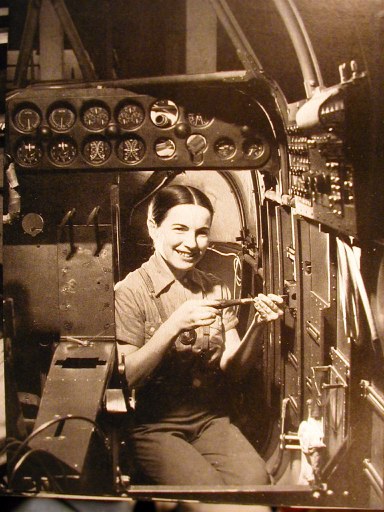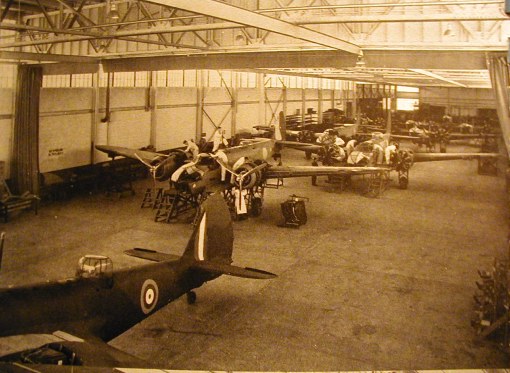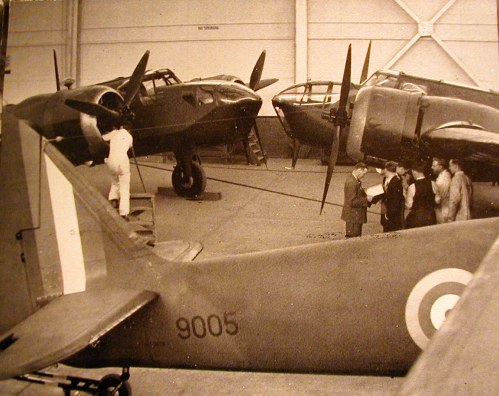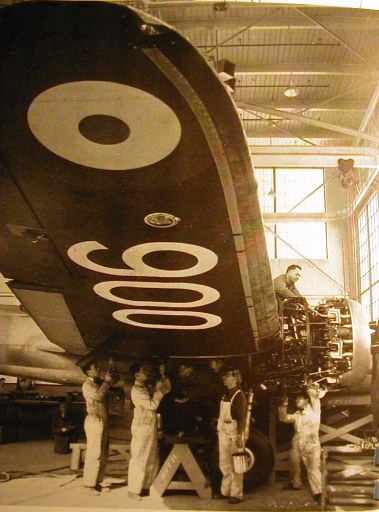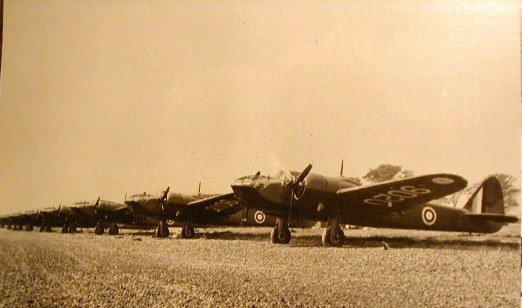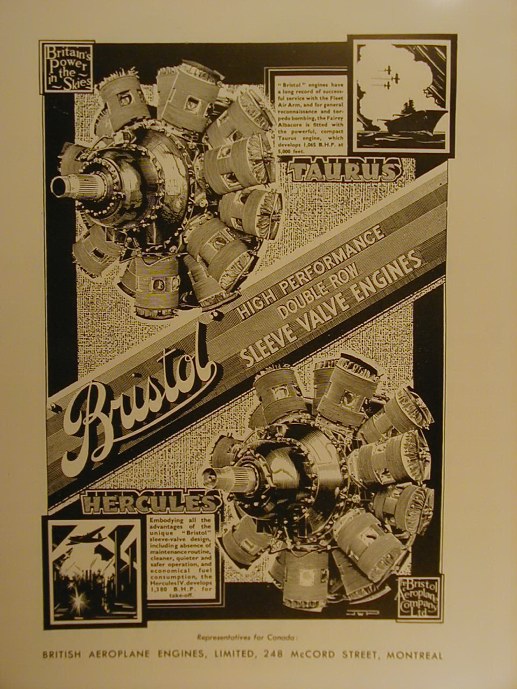BRISTOL
BLENHEIM
The Blenheim, The Bisley, The Bolingbroke, The MK1, The MKIV, The MKV were all essentially the same plane, all served long after they had become obsolete, and all were both loved and hated by the crews who flew them.
Unlike after the squadron had converted to single engine fighter aircraft and the pilots would often have their preference of aircraft, the Blenheim crews pretty much flew what was assigned to them on any particular day. During the early years however, some of the Ground Crew trades were assigned individual aircraft for servicing. Pilot Sgt John Reid noted the following on this issue: due to shortage of aircraft and losses, many unserviceabilities etc. we were never allocated a particular aircraft. They were assigned for the particular operation, depending on the number of crews and aircraft serviceable. Hence there was no close bonding with ground crews as one had different ground crews on different occasions.
THE BLENHEIM I
DETAILS TO FOLLOW
ARMOURMENT
Corp Stan Harrison an Armourer with 113 Squadron pre-war while posted to Heliopolis recalls the armourment on the early Blenheims: "The racks in the Blenheim were similar to the Hind. The 125 and 250lb bombs had a lifting eye at the mid point of the bomb which engaged a hook on the rack. The four steady arms were adjusted to stop the bomb from moving. The hook was held in place with a solenoid and released electrically. The ‘electrics’ being the responsibility of the electrician, the armourer was responsible for the rest." SOURCE: Corp Stan Harrison / JIm Newton
THE BLENHEIM IV
DETAILS TO FOLLOW
Blenheim radio equipment. PHOTO SOURCE: Sgt George Checketts
The WOp/Ag office. The radio in the Blenheim which was comprised of two main parts the Receiver and the Transmitter which was wedged in just aft of the turret. Looking at it one soon appreciates the need for training, although the same set today would be about the size of a toaster. The earlier models were 1082 and 1083, later Blenheims were equipped with the model 1154 and 1155 which was used by many other aircraft of the day. SEE http://www.vq5x79.f2s.com/greenradio/Wireless21a.html
Nearly everyone who used these early sets agree they were both unreliable and of limited value. The main complaint being frequency distortion and noise generated by the aircraft. Sgt John Reid when asked about these radios in the Blenheim replied: "The Blenheims did have intercom and we could talk amongst ourselves or other aircraft but it was very crackly and we could only communicate with much difficulty. You couldn't rely on it. We also had communication with morse code through the WOp/Ag".
THE BLENHEIM V
34, 42 and 113 Squadrons convert from Blenheim IV's to Blenheim V's. (Bisley's as called by the RAF) These were originally issued to 13, 18, 114, and 614 squadrons late summer of 1942, total of 942 made, the aircraft suffered severe losses and were withdrawn everywhere else in early 1943.
THE BLENHEIM TURRETS
The turret on Blenheim 1 and most IV models was a purely mechanical arrangement with a set of stops that prevented it from turning a full 360 degrees in order to keep the guns from firing dead astern. Were it able to, the gunner could accidentally shoot his own tail off. The seats in these turrets were required to be elevated to keep the guns in alignment. The Blenheim V or Bisley turret could rotate 360 degrees and stayed on an even keel. The ability to fire dead astern was the chief advantage and was accomodated by placing the gun barrels further apart. To pevent the gunner from shooting various parts of his own aircraft the Bisley turret had a ring around the outside to which were fitted several microswitches. As the turret went around and came to certain strategic spots the microswitch would hit an actuator thereby cutting out the guns.
Although most of the time these new turrets worked well, there was a little known but deadly serious problem with them. This was that there are several documented instances where the gunner did in fact shoot his own pilot. There is also a growing body of evidence that strongly suggest that these incidents and the fault that caused them, were covered up by the Officials.
THE BIRTH OF A BLENHEIM
The following photos follow the Blenheim through the various stages of assembly at the Fairchild plant in Canada.
The frame and skin, note how delicate the frame appears.
A wholesome Canadian Lass, none of this Rosie the Riveter. It is however a strange way to hold a screwdriver. Note the molded panel holding the instruments, this is a nice improvement over a metal plate with holes punched in it as could be found on earlier models.
Likely inspection and testing as the aircraft seem complete down to the paint and markings.
Yes the gentleman on the left is who you think it is.
Blenheims proudly Built in Canada - Too few would see the war.
The Bristol Taurus engine top left was standard in the Fairey Albacore and developed 1065 BHP at 5000ft. The Hercules IV engine bottom right developed 1380BHP at sea level.
